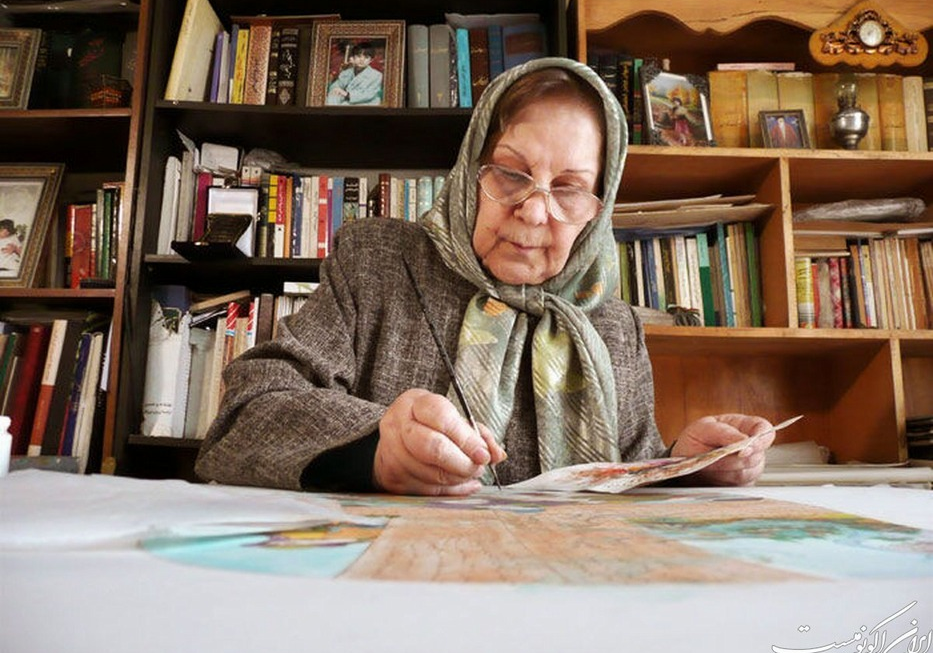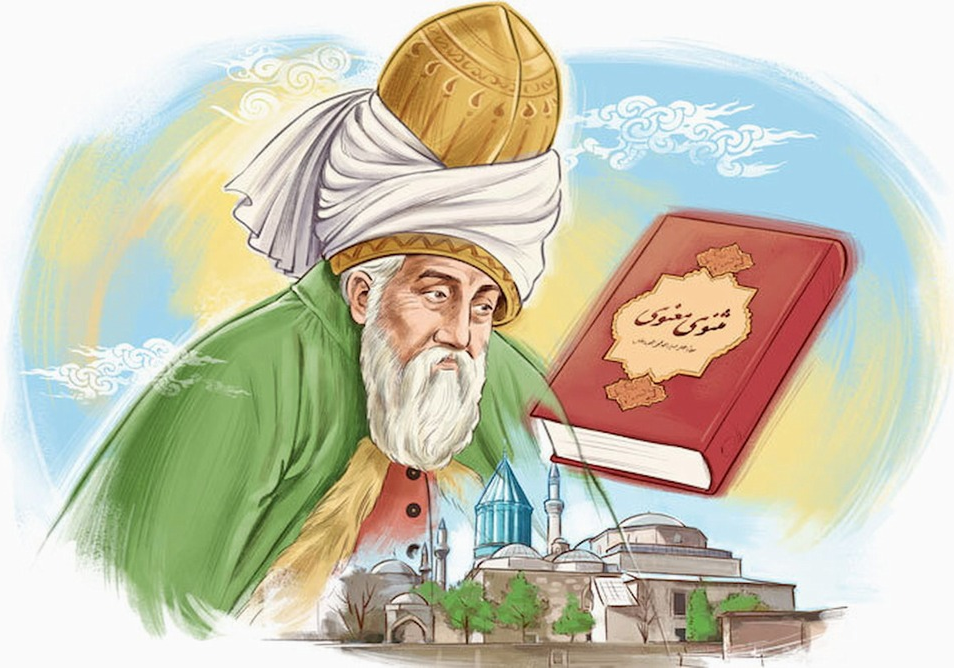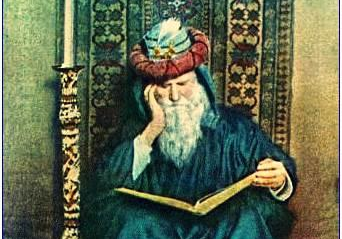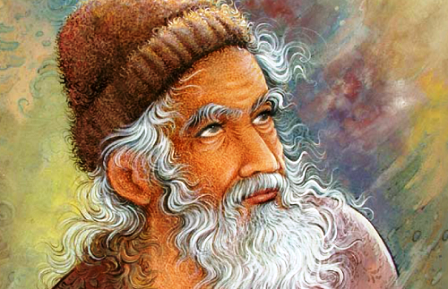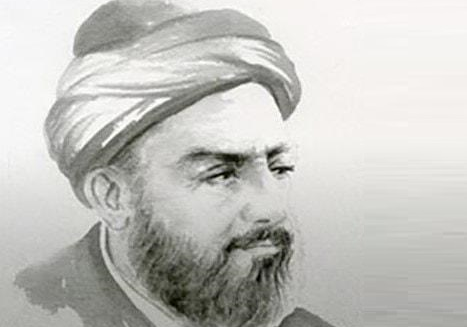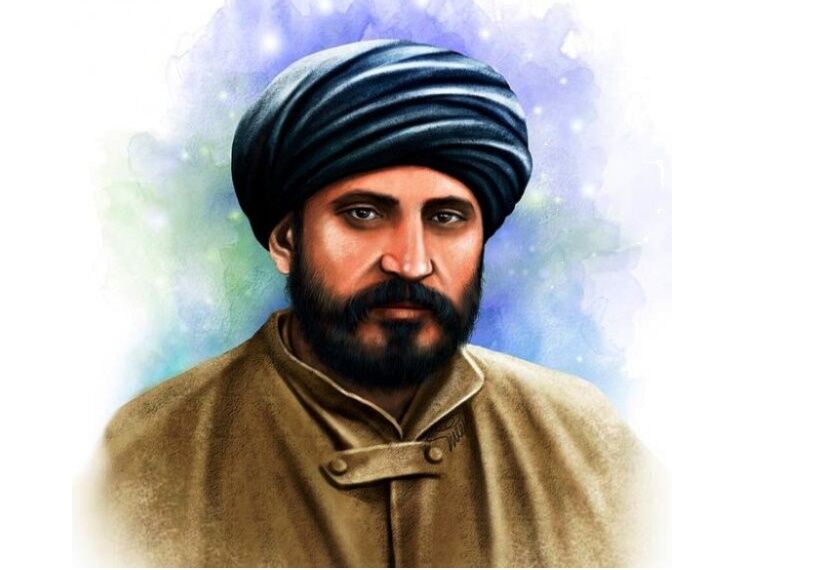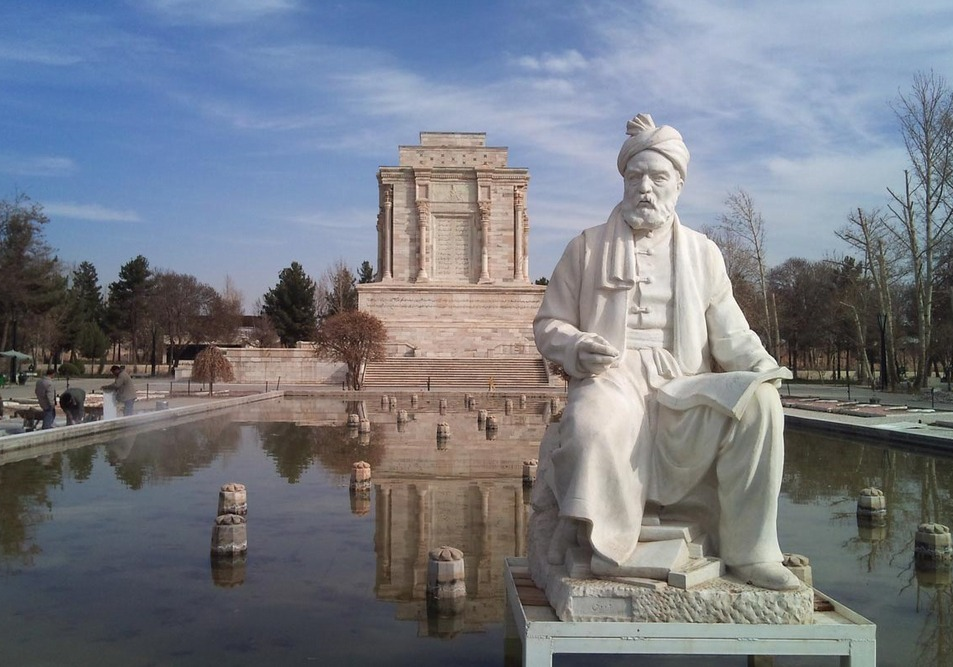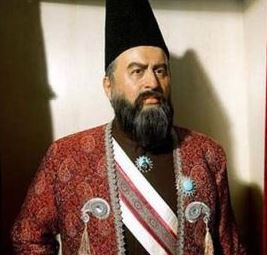
Omar Khayyam
Although Khayyam’s scientific status was superior to his literary position and his title was “Hujjat al-Haqq” (lit. The Evidence of Truth), his reputation is mostly due to his quatrains, which are world-famous.
Khayyam’s scientific contributions to human society have been numerous and very outstanding. One of his most prominent works of his was the compilation of the Jalali calendar, which formed the foundation of the Iranian Solar (Shamsi) calendar that is still in use. The calculations attributed to Khayyam in this regard are still valid and have much higher accuracy than the Gregorian calendar. He was also a scholar in mathematics, astronomy, literary sciences, religion, and history. Khayyam’s role in solving third-order equations and his studies on Euclid's Fifth Postulate has recorded his name as a prominent mathematician in the history of science.
Khayyam has written many scientific works in the fields of mathematics, algebra, geometry, physics, music, astronomy, meteorology, theology, and philosophy, etc. However, Khayyam's fame in the world, and especially in the last two centuries, is due to the popularity of his quatrains, which has placed his name among the world’s four great poets, i.e., Homer, Shakespeare, Dante, and Goethe. Among his scientific works, mention may be made of such cases as treatises on algebra, Euclid’s fifth postulate, natural sciences, existence, philosophy, differences of seasons and climates, Iranian customs and festivities, government, etc.
Omar Khayyam is known all over the world and his works have been translated into several living languages of the world. The English translation of his quatrains by Edward Fitzgerald, the French translation of his book on Algebra, the French translation of his quatrains by the famous French orientalist, Garson Dutassi, etc. are just some examples. There are many places, squares, foundations, associations, universities, sculptures, etc. both in Iran and in other places of the world that have been named after Khayyam.
Khayyam’s statue can be seen in Bucharest, the capital of Romania, at the University of Oklahoma in the United States, etc. In June 2009, a building was made in the form of a chahartaq, which is a combination of Achaemenid and Islamic architectural styles and decorations, was placed within the area of the United Nations Office in Vienna, housing the statues of four Iranian philosophers, i.e., Khayyam, Abu Rayhan Biruni, Zakaria Razi, and Abu Ali Sina (Avicenna). Also, one of the crescents of the moon as well as Asteroid 3095 were named “Omar Khayyam” in his honor in the year 1980 CE. was named after him. Khayyam, after a prolific life, finally died on December 4, 1131. He died in his hometown of Neyshabur. The tomb of Hakim Omar Khayyam is located in a garden in Neyshabur.
After completing a very fruitful life, Hakim Omar Khayyam, eventually passed away in his hometown, Neyshabur, on December 4, 1131. The tomb of this great Iranian scholar and poet is located in a garden in the city of Neyshabur.
| Name | Omar Khayyam |
| Country | Iran |
| Nickname | Ghiyath ad-Din Abu l-Fath Umar ibn Ibrahim al-Khayyam |
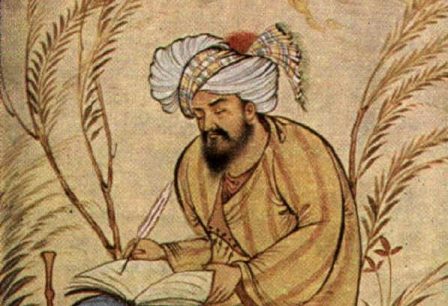


Omar Khayyam: A Scientist and Poet of Global Fame
Ghiyath al-Din Abu al-Fatḥ Omar ibn Ibraham Neyshaburi, commonly known as Khayyam, was an Iranian philosopher, mathematician, astronomer, medical expert, and poet. He was born in 1047 in Neyshabur. This Iranian polymath lived during the rule of the Seljuk dynasty. One of his nicknames is “Hojjat al-Haq”. In Neyshabur, Khayyam learned philosophy and mathematics among other prominent sciences of his time. Some historians believe that he was lectured by Avicenna. Famous scientists of the time unanimously agreed that Khayyam was the best philosopher among them all. Khayyam may have been known for his poems, particularly his quatrains; however, his inventions in mathematics and astronomy are no secret. Historians differ on Khayyam’s exact time of birth and demise. Perhaps, Nizami Aruzi’s “Chahar Maghaleh”, written in 1155, is the first point of reference produced about Khayyam’s life. In addition to that, Abu al-Hassan Bayhaghi worked on Khayyam’s biography, in 1161, in two of his books titled “Tatamma Sawan al-Hikma” and “Tarikh Hukama al-Islam”. Nizami Aruzi and Bayhaqi both met with Khayyam occasionally.
Works
Khayyam moved to Samarkand in 1068, where he met the city’s chief justice, Abu Tahir Abdulrahman ibn Ahmad. In Samarkand, he wrote his famous book on Algebra. Sultan Malik-Shah and his Grand Vizier, Nizam al-Mulk, then invited Khayyam to Isfahan, where he was subsequently commissioned to set up an observatory and lead a group of scientists in carrying out precise astronomical observations aimed at the revision of the Persian calendar, also known as Persian Jalali Calendar. After the murder of Malik-Shah and his vizier, he moved to Marv, Khorasan, where he worked on most of his scientific projects. He was the first person to conceive a general theory of cubic equations. Khayyam revolutionized mathematics by formulating Algebra nearly four centuries before Rene Descartes lived. He is most notable for his work on the classification and solution of cubic equations, where he provided geometric solutions by the intersection of conics. Part of Khayyam’s “Commentary on the Difficulties Concerning the Postulates of Euclid's Elements” deals with the parallel axiom. The treatise of Khayyam can be considered the first treatment of the axiom not based on petitio principii but on a more intuitive postulate. Khayyam also wrote articles about mechanical engineering, hydrostatics, meteorology, music, etc. Some of his books include “Fi Barahin al-Jabr wa Al-Muqabila”, “Risalah fi Al-Kawn wa al-Taklif”, and “Rubaiyat of Omar Khayyam”.
Rubaiyat of Omar Khayyam
Besides his expertise in mathematics, astronomy, geometry, and philosophy, Khayyam is mostly known for his poems. Rubaiyat of Khayyam became widely known to the English-reading world in a translation by Edward FitzGerald in 1859, making Khayyam one of the four most famous poets of all time next to Homer, Shakespeare, Dante, and Goethe. In 1875, the well-known French orientalist, Garcin de Tassy, took 10 of Khayyam’s rubaiyis to France. In 1867, a French man by the name of Nicholas published Rubaiyat of Khayyam in French when he was posted to work in Rasht as a consulate general. FitzGerald’s translation of Khayyam’s poems paved the way for Andre Gide to get familiar with some of Khayyam’s poems, and ultimately mention them in his book “The Fruits of the Earth”. Khayyam’s poems are brief, to the point, and humble and yet contain the most profound philosophical explanations of life and existence. The main themes of Khayyam’s quatrains are death, doubts, and confusion about creation, and insistence on the importance of life.
Commemorating Khayyam
Khayyam passed away in Neyshabur and was buried in a garden next to Imamzadeh Mahruq’s shrine in the same city.
Iranians commemorate Khayyam’s life and legacy on the 18th of May, annually.
| Name | Omar Khayyam: A Scientist and Poet of Global Fame |
| Country | Iran |
| Nickname | Omar Khayyam |
| Production Time | Born: May 18, 1048, Died: December 4, 1131 |
| Works | Rubaiyat |
| Yard period | the past |
| Type | Literary,Academic |

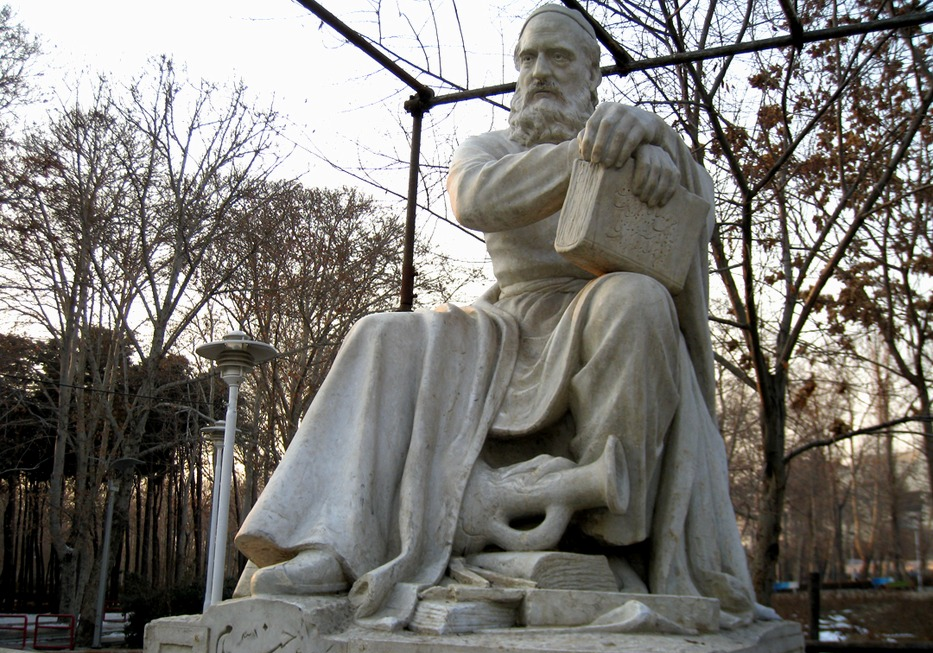
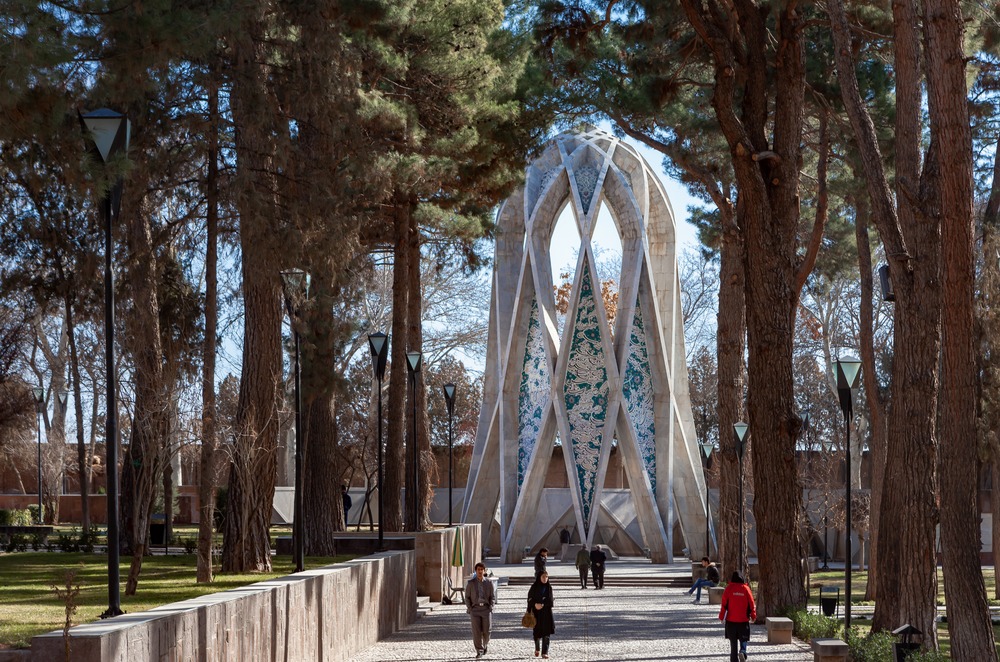
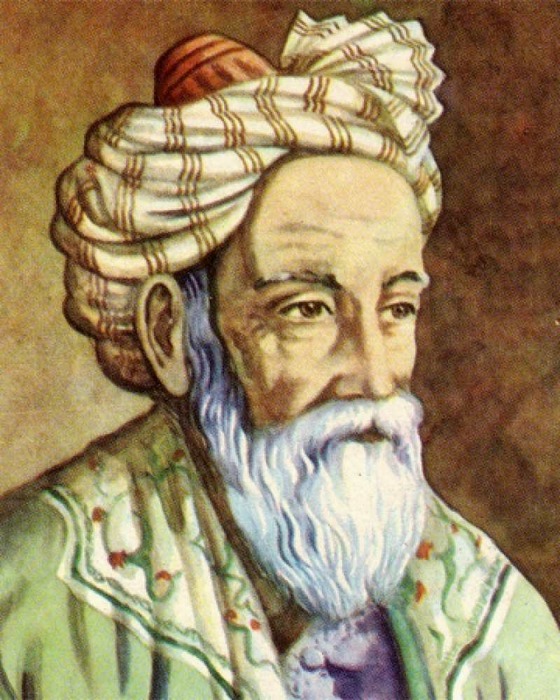




Choose blindless
Red blindless Green blindless Blue blindless Red hard to see Green hard to see Blue hard to see Monochrome Special MonochromeFont size change:
Change word spacing:
Change line height:
Change mouse type:
